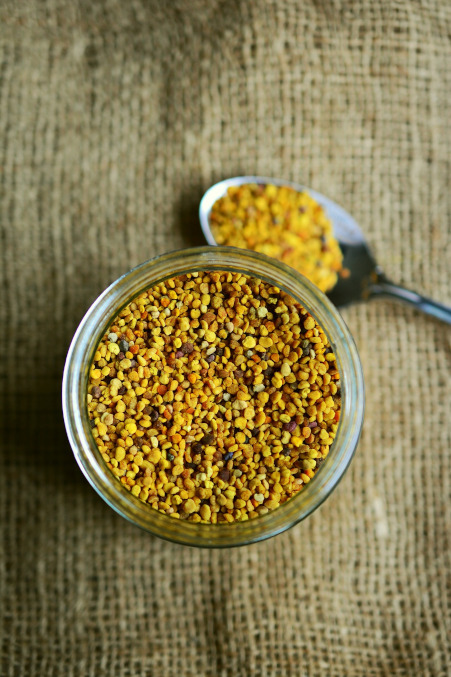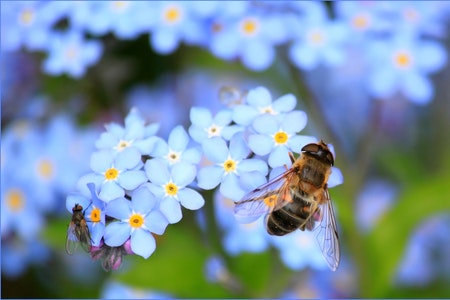Fun facts
Pollen Powder in Bee Colonies and Human Nutrition
Pollen powder has long been recognized as a valuable resource in human nutrition, known for its ability to stimulate the body's natural healing processes and treat a variety of illnesses. Its chemical composition is rich in beneficial substances that are easily absorbed by the human body, making it an increasingly popular choice as a medicinal and diabetic product. Additionally, pollen has been found to support healthy growth and metabolism, regulate digestive functions, and improve symptoms of gastritis, liver and kidney diseases.

How to Use Pollen Powder
Pollen grains are enclosed by a double shell that is difficult for the human body to digest. To maximize the benefits of pollen powder, it is recommended to finely grind or beat the pollen before use, thereby destroying the shell. Pollen powder can be taken in various forms, including as it is collected, in specially prepared capsules or tablets, or in a mixture of ground pollen powder and honey. For best results, it is recommended to take two to three teaspoons of pollen powder mixed with honey, three times a day, half an hour before meals. The optimal daily dose varies between 5 to 20 grams, with higher doses initially recommended and then gradually reduced over time. Consultation with a doctor is advised for proper dosing.

Pollen powder is also used as a natural beauty treatment, often in combination with royal jelly. It is commonly used to create face masks by grinding the pollen and mixing it with lemon juice, olive oil, or other ingredients. The mask is applied to the face and neck for 30 to 40 minutes and then washed off for a rejuvenated complexion.
Bee Training for Effective Pollination
Bees can be trained to visit and pollinate specific flowers, which is often crucial for successful crop yields. The process of training bees is relatively simple: flowers of the target plant are dipped in sugar syrup in the evening, so that they make up about a third of the volume. The syrup absorbs the scent of the flowers overnight, and in the morning, two hours before the bees fly out, they are fed with 100 to 200 grams of this syrup per colony. This process is repeated every day during the flowering season of the target plant, until the bees become accustomed to the scent and start visiting the plant's flowers.
If the hives are not located in the orchard or crop field that needs to be pollinated, an additional training step is necessary. An ordinary syrup feeder is used, into which flowers of the target plant are immersed in the evening. This feeder is placed in front of the hive, a little further away from the target crop field. When a large number of bees accumulate on the feeder, they are covered with tulle or a thin cloth, and the feeder is moved to the target crop field. The bees, having fed on the syrup, will soon return to the hive, empty their stomachs, and then come back to the feeder. After this process is repeated several times, the feeder is removed, and the bees are trained to visit the target crop field.

Training bees is necessary because during the flowering season of the target plant, other honey plants also bloom, and bees may prefer to visit those instead. Beekeepers can help by destroying unwanted plants in the vicinity of the target crop field and ensuring that bee colonies are migrated to the target crop field during the flowering season. In some cases, such as with alfalfa, which is an important crop for livestock production, bees may need to be trained to visit the flowers, as they are often reluctant due to insufficient nectar secretion, low sugar content, and flower structure. In this case, beekeepers can feed bees with alfalfa honey for about ten days before the flowering season and place hives as close as possible to the central part of the crop field.
arrow_upward